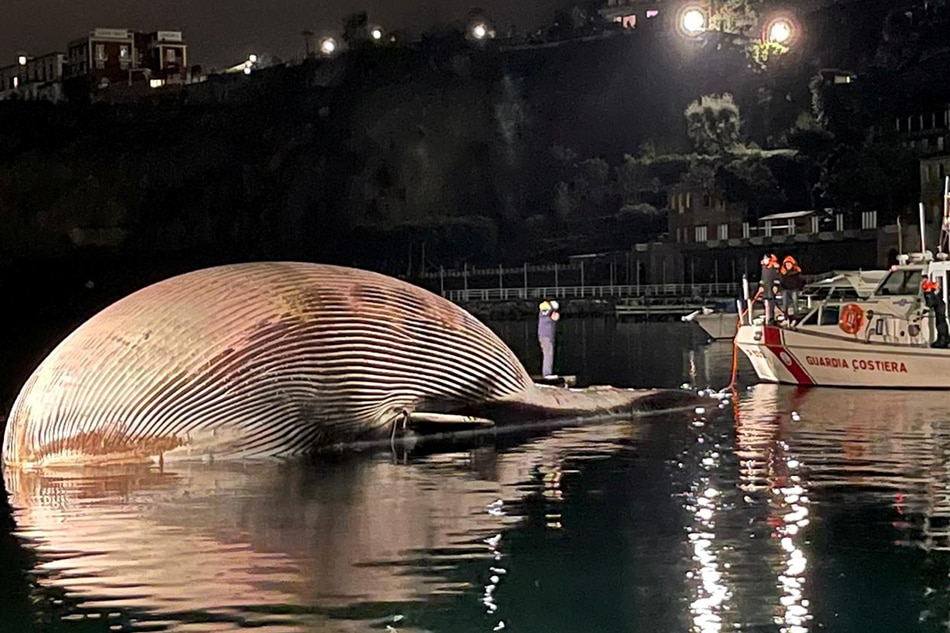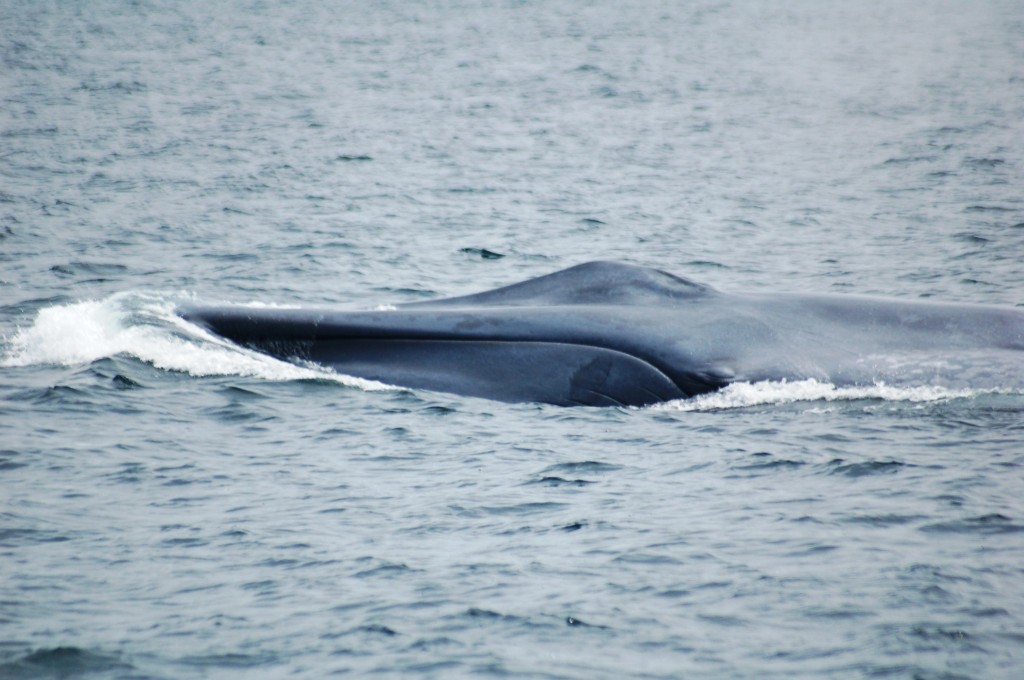

Odontocetes include the Monodontidae (belugas and narwhals), Physeteridae (the sperm whale), Kogiidae (the dwarf and pygmy sperm whale), and Ziphiidae (the beaked whales), as well as the five families of dolphins and porpoises which are not considered whales in the informal sense. Mysticetes include four extant (living) families: Balaenopteridae (the rorquals), Balaenidae (right whales), Cetotheriidae (the pygmy right whale), and Eschrichtiidae (the grey whale).

The two parvorders of whales, baleen whales (Mysticeti) and toothed whales (Odontoceti), are thought to have had their last common ancestor around 34 million years ago. Their closest non-cetacean living relatives are the hippopotamuses, from which they and other cetaceans diverged about 54 million years ago. Whales, dolphins and porpoises belong to the order Cetartiodactyla, which consists of even-toed ungulates. Dolphins and porpoises are descended from larger cetaceans and can thus be considered small whales from a formal, cladistic perspective. all cetaceans apart from dolphins and porpoises. As an informal and colloquial grouping, they correspond to large members of the infraorder Cetacea, i.e. Whales are a widely distributed and diverse group of fully aquatic placental marine mammals. Superfamily Inioidea (South American river dolphins).Superfamily Platanistoidea (Asian river dolphins).Family Delphinidae (dolphins and porpoises).Superfamily Physeteroidea (sperm whales)Ĭladistically included but traditionally excluded taxa.


 0 kommentar(er)
0 kommentar(er)
